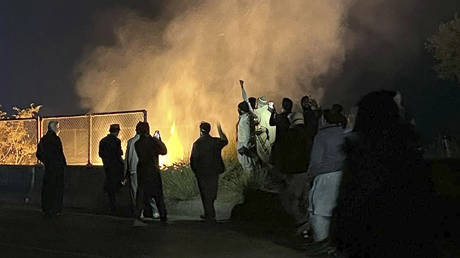Scientist whose research into transuranic elements revised the understanding of nuclear fission
Darleane Hoffman’s research into superheavy radioactive elements at the University of California’s Lawrence Berkeley National Laboratory (LBNL) and, prior to that, at Los Alamos National Laboratory in New Mexico, enhanced and extensively revised our knowledge of those elements and, consequently, our understanding of nuclear fission. Her success led, in 2002, to Discover magazine declaring her one of the 50 most important women in science.
Hoffman, who has died aged 98, explored the chemical and nuclear properties of transuranic elements – those heavier than uranium. All are radioactively unstable. Most have a short half-life: existing for only a brief period before decaying, sometimes mere milliseconds. This makes them difficult to study, but, during the 1950s, Hoffman realised that characterising their properties could help us better comprehend the emerging science of nuclear fission, which involved splitting the atoms of these heavy elements to release the large amounts of energy necessary to power the first generation of commercial nuclear reactors.





